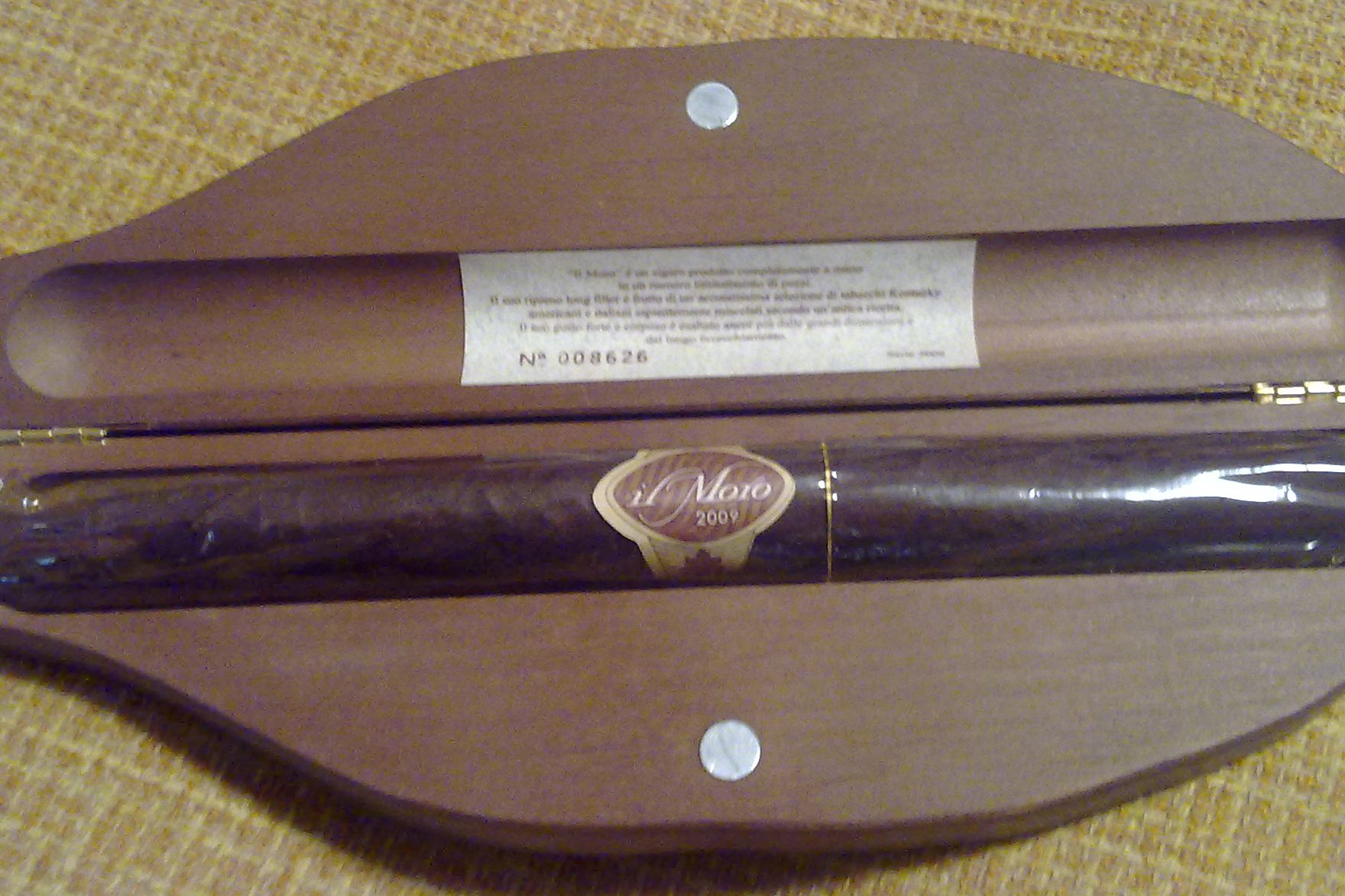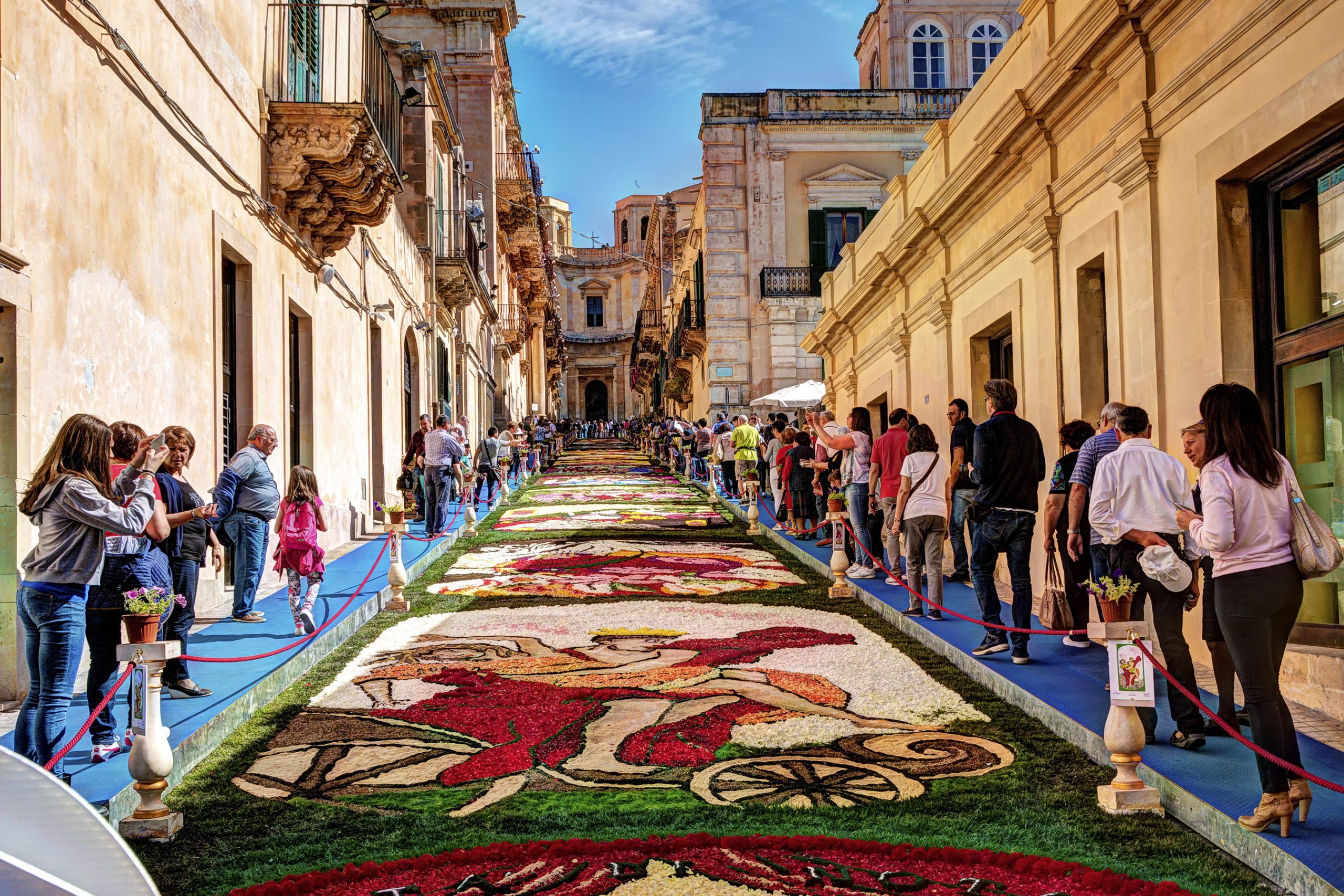Leave the umbrellas and sunhats at home – Bologna’s porticos have got you covered. In a place that averages 14 rainy days per month in the winter and frequently reaches 90 degrees Fahrenheit under the scorching hot sun in the summer, porticos provide much needed shelter for pedestrians.
Twenty-four miles of porticos frame the city’s unique architecture. These popular built-in umbrellas and shade shields have a rich history dating back centuries.
The origin of porticos is the sporto, a protruding wooden structure which was usually built in order to extend the inner living space of the upper floors
Porticos were constructed in the Middle Ages in response to urban migration and the influx of students at the University of Bologna, founded in 1088. They originated from the sporto, a wooden structure used to extend upper floor living spaces. As sportos widened, they required support from wooden beams and formed porticos.
While many cities banned porticos because of street obstruction, Bologna’s council incorporated them into city planning. A 1288 statute required portico areas to be public spaces with a minimum height of 7 feet to allow horse riders passage.
The original porticos can be found at Isolani House (Strada Maggiore 19), Palazzo Grassi (Via Marsala 12), and Piazza della Mercanzia. Palazzo Grassi and Casa Isolani exemplify the region’s rare medieval urban configuration. Casa Isolani features 30-foot oak beams supporting the third floor of the building while the palace’s porticos form the archetypal “crutch” shape of the time.
The Palazzo at Piazza della Mercanzia has conducted Bologna’s business and trading affairs since 1384. Made of Istrian stone and brick, the palazzo’s highlights include deep Gothic arches holding a marble balcony. Local tradition claims that when the “Lucardina” bell tolled, bans and sentences were announced from this marble balcony above the Piazza.
In addition to exquisite medieval architecture, Bologna hosts the world’s longest portico – Portico di San Luca. The portico starts outside the city center walls next to Porta Saragozza at the Museum of the Madonna di San Luca, and it leads to the San Luca Church atop the hilly “Monte della Guardia”.
Built between 1674 and 1739 for the annual procession of carrying the “Madonna with Child” painting around the city, the Portico di San Luca has become a prominent pilgrimage destination. The walls are decorated with plaques dedicated to citizens who contributed to its making. Many of these citizens would climb the hill on their knees to pray as a sign of devotion.
Today tourists have traded blistery knees for comfortable crocs. People make the trek through the portico by walking, jogging or biking. Those who have indulged in a little too much gelato often relax and take the tourist train to the top. Motorcycle races also occur annually on the street along the San Luca Walkway.
In the culinary capital of Emilia-Romagna, porticos offer shade, shelter, and a vast history. But take heed – if you’re enjoying a summer stroll along the rugged, portico-scarce Via delle Moline, bring a little sunhat or an umbrella. Other than that, hats off to Bologna for maintaining these architectural gems!






























